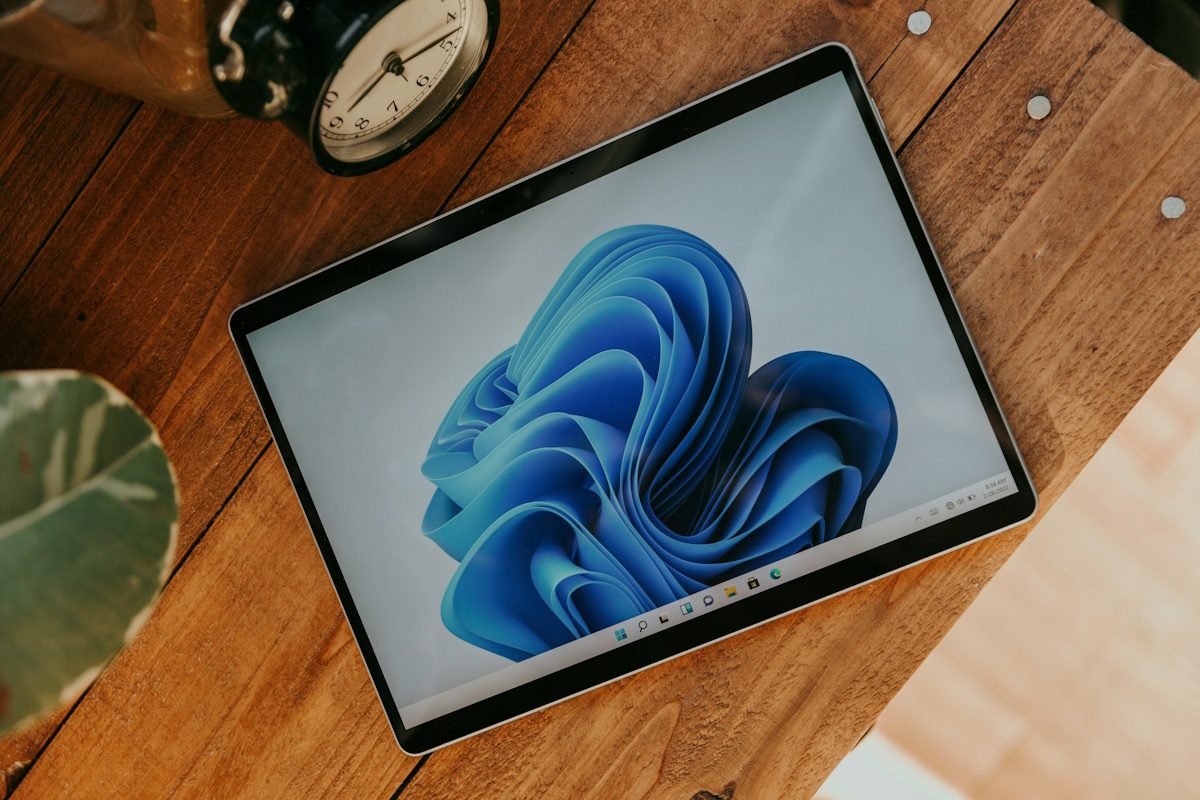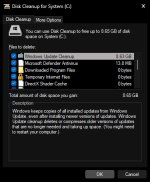- Mar 1, 2024
- 1,060
Running cleanup after a successful update to a new Windows version allowed you to free up gigabytes of disk space in the past. Windows would remove old update files that it no longer needed and your PC would have several extra gigabytes of storage space as a consequence.
This changed with the release of Windows 11 version 24H2. When you try to clean up after installation of the upgrade, you will notice that Windows 11 retains more than 8 gigabytes of storage.
In other words: this data cannot be deleted. It does not work with the Cleanup tool in Settings, the classic Disk Cleanup tool, or DISM.
Why is that, you may ask. The answer is simple: because Microsoft changed how updates work on Windows 11.

Windows 11 24H2: Cleanup is no longer deleting all temporary files - gHacks Tech News
Disk Cleanup in Windows 11 version 24H2 is not deleting all Windows update files anymore. Here is why.
www.ghacks.net


